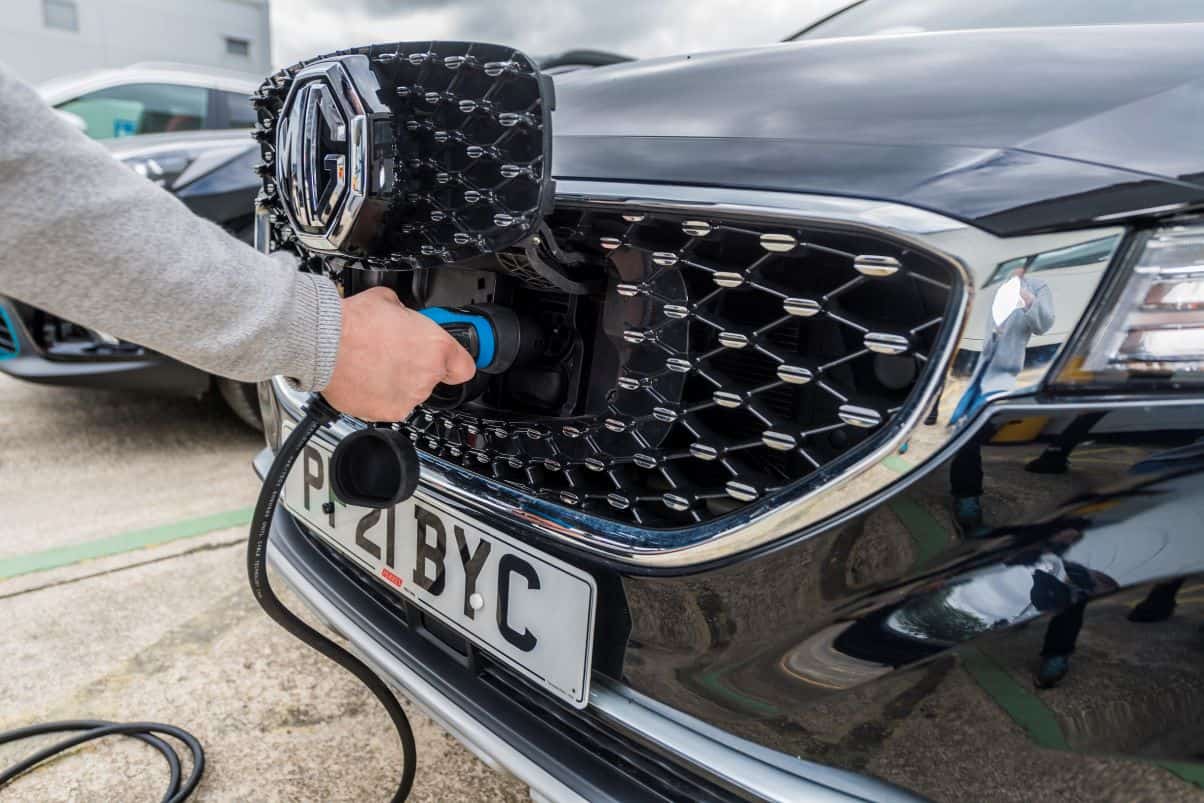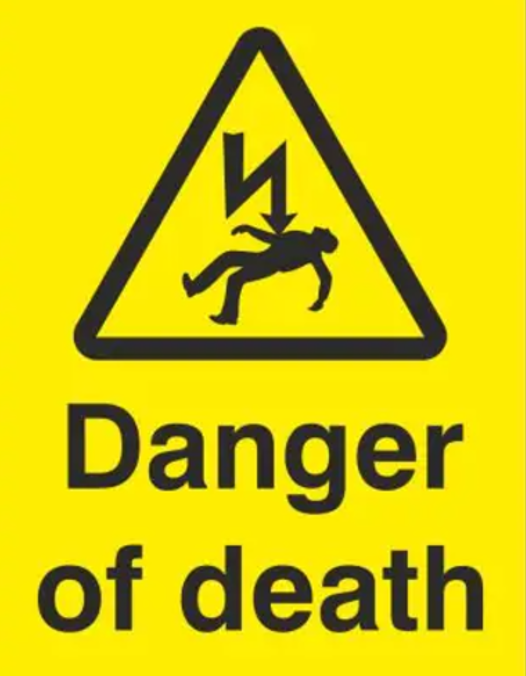Managing voltage changes in your property
If you’re experiencing voltage fluctuations or EV charger issues, we're here to help
Understanding and managing voltage issues
We are dedicated to providing you with a reliable electricity supply. Sometimes, you might experience voltage fluctuations, which can cause the following:-
- Lights that are very dim, very bright, or flickering
- Problems charging your electric vehicle (EV) or issues with your solar panels
- Electric heating, kettles, or cooking appliances taking longer to heat up and or making strange noises
In the UK, the standard voltage for single-phase electricity is 230 volts, with an allowable range of 216.2 to 253 volts (-6% to +10%). Most electrical equipment should work fine within this range.
Our engineers and support teams work constantly to keep the voltage within this range. However, short-term fluctuations can occur, especially during network maintenance or sudden changes in electricity usage.

EV charger voltage issues
Your EV charger operates within a specific voltage range. If the voltage goes outside this range, the charger will stop working and show an error. This safety feature protects your charger and vehicle. If this happens, try switching the charger off and on at the isolator switch. If the problem persists, contact your installer or electrician to check your equipment.

Why voltage fluctuations happen
Electricity voltage fluctuations can occur for several reasons, here are some common causes.
Sudden changes in electricity usage:
Large appliances or machinery starting up or shutting down can cause sudden changes in demand, leading to voltage fluctuations.
Faults in the network:
Issues such as damaged cables, faulty transformers and substations, or other equipment failures can disrupt the normal voltage levels.
Transformer magnetising inrush current:
When transformers are energised, they can draw a large inrush current, causing a temporary drop in voltage.
Customer equipment:
Certain types of equipment, like motors and welders, can cause voltage fluctuations due to their high power consumption.
Weather conditions:
Extreme weather, such as storms or high winds, can damage power lines and equipment, leading to voltage instability.
Maintenance and upgrades:
Planned maintenance or upgrades to the network can temporarily affect voltage levels.
Fault brewing:
"Fault brewing" in electricity refers to an abnormal electrical current flow, essentially a "fault" within an electrical circuit, usually caused by a short circuit where a live wire touches a neutral or ground wire, leading to a sudden, high current surge that can damage equipment if not quickly mitigated by safety devices like circuit breakers or fuses.
How we can help
If you have ongoing voltage issues, please report them by providing as much information as possible, including the property addresses affected, any time-of-day patterns, how regular the issues occur and what appliances are affected. We will check for any known problems in your area.
If there are no known issues, we will send an engineer to investigate and check our equipment. We might find the problem immediately, or we may need to install a recording device to monitor your supply voltage for seven days. After analysing the results, we will inform you of our findings and any further actions needed.
Report a voltage issue
Call 105, email ElectricityNorthWestEnquiries@enwl.co.uk or reporting online by completing the enquiry form.
⚠ Electricity is dangerous and can cause serious injuries or even death ⚠
If you notice any sparks, burning smells, or other signs of electrical hazards, evacuate the area immediately and call emergency services.
In case of an emergency:-
- Call 999 if there is a serious immediate risk or if someone requires medical help 24 hours a day
- Call 105 to report the emergency 24 hours a day
